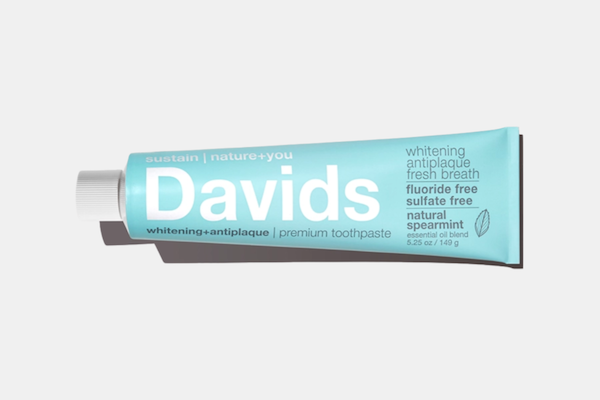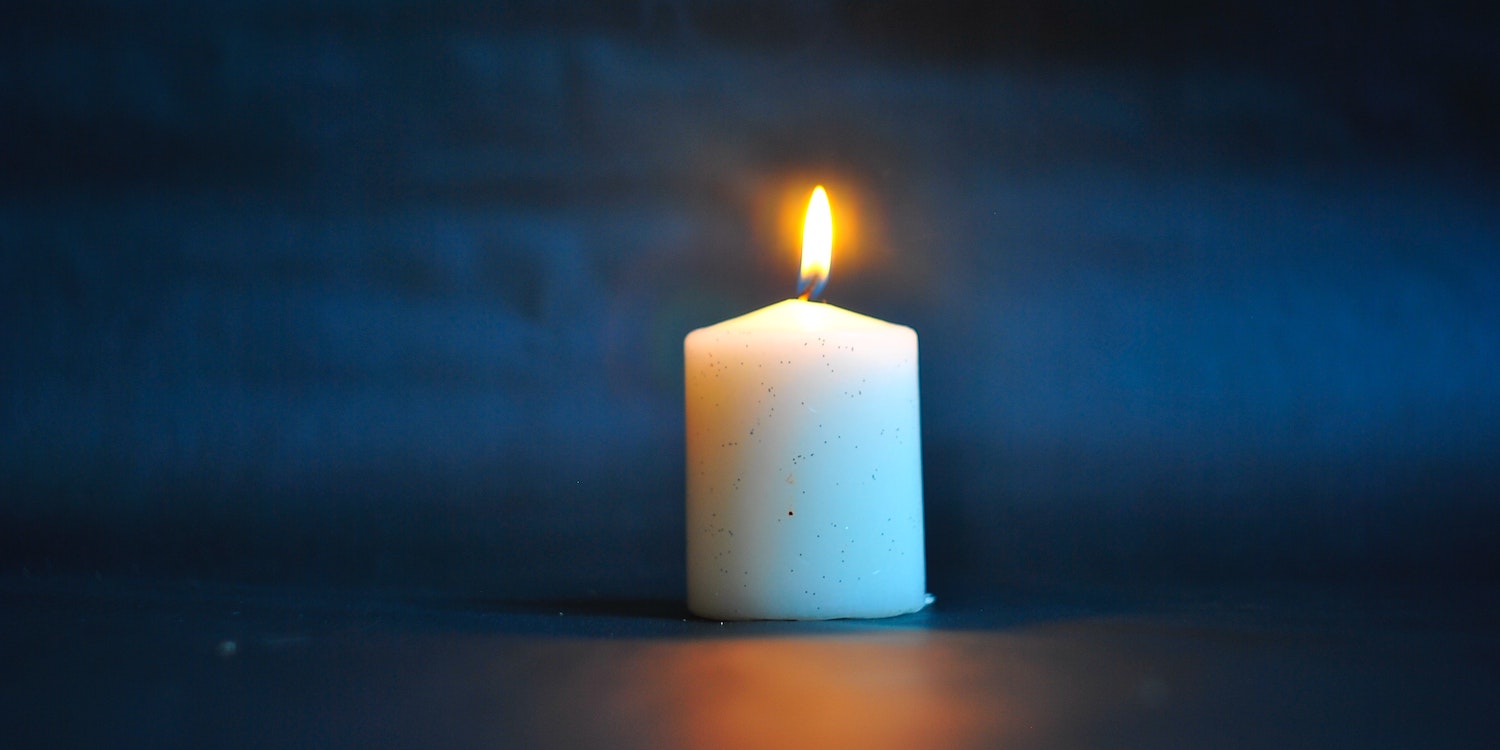Nothing turns a house into a home quite like candles.
The warm, lovely scent, that instant homely ambiance… yup. Summer, autumn, winter, spring – if you’re anything like us, you love your candles year-round, no matter the season.
But are those candles really as innocent as they look?
Great question – after all, if you have candles burning for hours upon hours in your home, it’s worth making sure they’re not toxic or harmful, right?
Indeed. And truth be told, there are a few things you should know about those beloved candles of yours. So today, we’re digging deep on:
→ Toxins that could be hiding in your candles
→ The environmental impact of candles
→ How to find non-toxic candles
Let’s get to those answers ASAP, shall we?
Is Candle Wax Toxic?
First up is candle wax. After all, the wax makes up the biggest part of your candles – and it may not be quite as clean as you think.
There are a few different kinds of candle wax – beeswax, soy, palm, coconut wax… and the most common wax, of course. Paraffin.
While paraffin is cheap and burns well, it’s actually a by-product of petroleum – in other words, fossil oils. And like most petroleum products, paraffin is neither clean-burning nor biodegradable.
In fact, paraffin is suspected to release multiple toxic chemicals into the air when it burns. Yeah – not exactly what the label said, is it?
Two of the most worrying toxins in paraffin are benzene and toluene. Benzene is a known carcinogen – meaning, a compound that can cause cancer. Toluene, on the other hand, is known as a reproductive and developmental toxin. In simpler terms, it can cause trouble when trying to conceive, and even hinder a baby’s development as early on as pregnancy.
Paraffin is actually a by-product of petroleum – in other words, fossil oils.
Now, there are different opinions on whether the chemicals found in paraffin candles are enough to do serious damage – most studies argue that the amounts are small enough that normal usage should be okay.
That said, the same studies warn that in poorly ventilated rooms, the risks could be higher, and there are hardly any studies out there on the effects of long-term, consistent exposure.
So, if you want to avoid unnecessary pollution in your home, opt for a natural wax instead – they are healthier for both you and the planet.
Are Scented Candles Toxic?
Next up – fragrance. See, while your candles’ scents may seem innocent, they could also come with some nasty, hidden side effects.
The Ambiguous “Fragrance”
One of the biggest concerns with scents, is that most conventional candles don’t actually list the ingredients that make up the fragrance. Instead, you’ll find a very ambiguous “perfume” on the ingredient list.
But we all know that there’s no actual pine or vanilla in your candles. Instead, candle brands use either artificial or natural compounds to produce those calming scents. But the ambiguity of the ingredient lists makes it virtually impossible to avoid synthetic fragrances and stick to natural ones.
Harmful Chemicals in Candle Scents
So, what are some of the more concerning synthetic ingredients in scents?
One of the most worrying ingredients is phthalates. This nasty compound has been linked to bladder cancer, as well as endocrine disruption.
Endocrine – what?
In simpler terms, phthalates are compounds that could disrupt reproductive efforts, for example by causing a lower sperm count in men and damaging the female reproductive system. It can also cause developmental issues, leading to various malformations in babies.
But phthalates aren’t the only thing to look out for in scented candles. Formaldehyde, acetaldehyde, and polycyclic aromatic hydrocarbons (PAHs), are all linked to various cancers – and happen to be common ingredients in scented candles.
And again, candles could contain these ingredients, without listing them on the back – they often fall under the ominous “perfume”.
Allergies and Migraines
It’s also worth noting that some people may be sensitive to scented candles for other reasons than toxic ingredients.
It’s well-known that scents can trigger certain allergies, asthma, and for some people, cause migraines or headaches.
So, if this applies to you, opting for unscented candles may be the best option.
Do Candles Release Particular Matter or Volatile Organic Compounds (VOCs)?
Particular matter is a term for tiny particles mixed with small droplets, that float around in the air – particles so small they can get past your body’s natural filtration systems and straight into your lungs. Long-term exposure to particular matter could potentially lead to both lung and heart conditions.
Volatile Organic Compounds, or VOCs, is a term for compounds that easily react with other molecules in the air. Some of them are dangerous in themselves – for example, by causing cancer. Others could form dangerous compounds when coming into contact with molecules that are already in the air, such as various pollutants.
Long-term exposure to particular matter could potentially lead to both lung and heart conditions.
Studies show that conventional candles release both particular matter and VOCs – which is a far cry from great for your health. While many argue that candles aren’t the only thing releasing them – which is true – it could still be a cause of indoor pollution. Especially if you burn candles regularly, and ventilation is poor.
But most of all, it’s pollution that’s easily avoidable, by simply choosing better candles made from natural, clean ingredients.
Are Candles Bad for the Environment?
So, now that we’re clear on health risks for humans – what about the planet?
Well, not all candles are bad for the environment. But if your heart beats for a healthy planet, there are a few things to consider before purchasing your next batch.
Eco–Friendly Candle Wax
First and foremost, not all candle waxes are biodegradable. As we mentioned earlier, paraffin in particular is made from fossil oils – and the fossil fuel industry is one of the main motors of global warming.
There are a wealth of natural candle waxes that are all better options. However, it’s worth considering their environmental impact, too. Palm wax, for example, is actually made from palm oil, which comes at a significant environmental cost. And soy wax, while natural and non-toxic, comes from the soybean – an industry that could benefit from better practices, and a whole lot less pesticides.
Beeswax is not only natural and non-toxic, but a renewable resource that can support the dying bee population. Even better, beeswax burns for longer than most other waxes, and actually purifies the air by releasing negative ions. So, if indoor pollution is something that concerns you, beeswax candles are a great, natural option with a minimal impact.
Eco-Friendly Candle Wicks
You may have heard that candle wicks contain lead – but not to worry. While this used to be the case, lead in candles was banned in the US back in 2003, and all members of the National Candle Association voluntarily stopped using lead all the way back in 1974. In other words – you’re extremely unlikely to get lead poisoning, no matter what candles you burn.
That said, the best wicks for the planet are – no surprise – the natural ones. Hemp, cotton, and wooden wicks are the best way to go, since they burn cleanly. But remember to trim them down if they get too long, and not to burn your candles in a drafty spot – this causes more soot than necessary.
Colored Candles
Another consideration is whether your candles are pigmented. While a speck of color adds to the decor, many of the pigments used in the candle-industry release chemicals that are toxic to people and the planet while they burn.
If you want candles with colored wax, consider waxes that are naturally pigmented, such as beeswax’s soft, golden hue. There are also some non-toxic pigments in use out there, so check the labels before buying!
How to Find Non-Toxic Candles
So, how do you go about finding non-toxic candles, that you can burn with a clean conscience? Here’s an easy, straight-forward checklist for non-toxic candles:
→ Avoid paraffin wax. Instead, look for candles with natural wax, such as beeswax, coconut, or soy wax. And remember that many companies use wax blends with paraffin to cheapen their costs – so make sure the wax is 100% natural!
→ Avoid artificial fragrances. If you want scented candles, look for candles that are scented using 100% essential oils – these are natural and non-toxic fragrances.
→ Be picky about your wicks. Choose candles with wicks made from 100% cotton, hemp, or wood. They are non-toxic and burn cleanly.
→ Avoid synthetic pigments. Instead, look for non-toxic, biodegradable pigments on the ingredient list, or pick candles with a naturally pigmented wax, such as beeswax.
→ Minimize chemicals and soot. Try to burn your candles in a well-ventilated area, but avoid drafts. Strong air currents make your candles burn down faster and produce more soot.
→ Keep the wick between 1–1.5 cm long. Cut the wick to keep it a good length, as this will minimize the amount of soot released into the air.
Yeah, we know – it’s a lot to keep in mind. But the good news is, we know just where to start when looking for non-toxic candles.
Lochtree's Non-Toxic Soy Candles
Are you looking for non-toxic scented candles that you can light without worrying? Look no further than Lochtree's soy wax candles.
These high-quality, luxurious candles are made from all-natural, clean ingredients that are proven safe for both the planet and people – so you can breathe easy in your own home.
Each candle is carefully hand-poured in Boston, MA, to give you that cozy, fireplace feel.
Lochtree Candles come in four lovely scents: sweet and uplifting Geranium & May Chang, comforting Orange Cinnamon Clove, soothing Lavender, and the earthy, grounding Cypress Patchouli & Sage.
So – want to try a candle that is genuinely good for you? Shop the full Lochtree Candles range today!
Psst… Curious about shampoo bars? Check out this blog to read about the real experience of using them!






